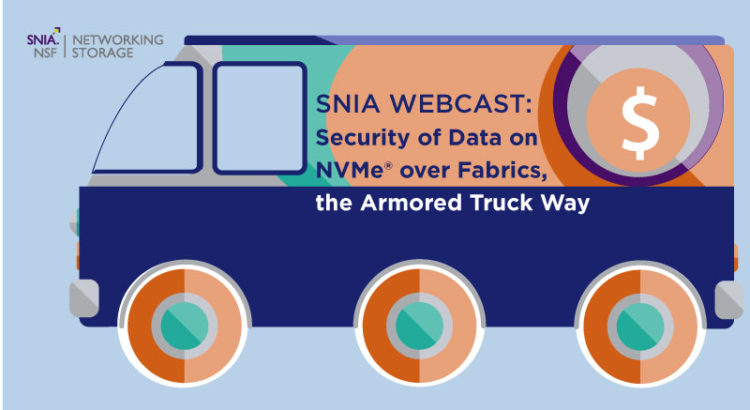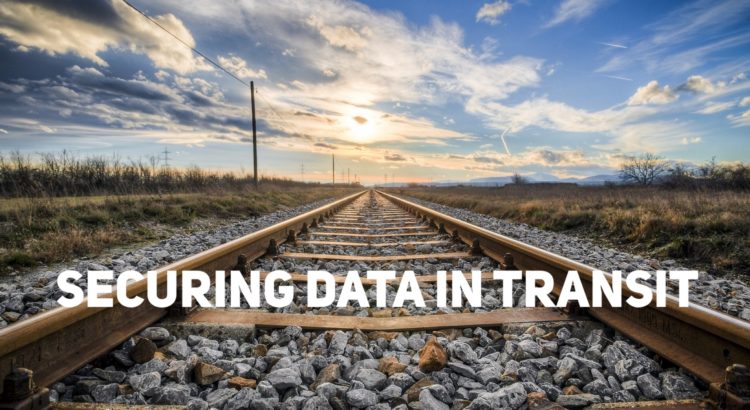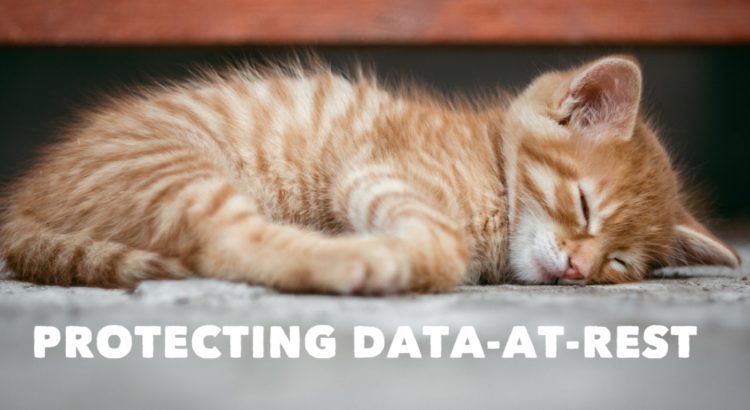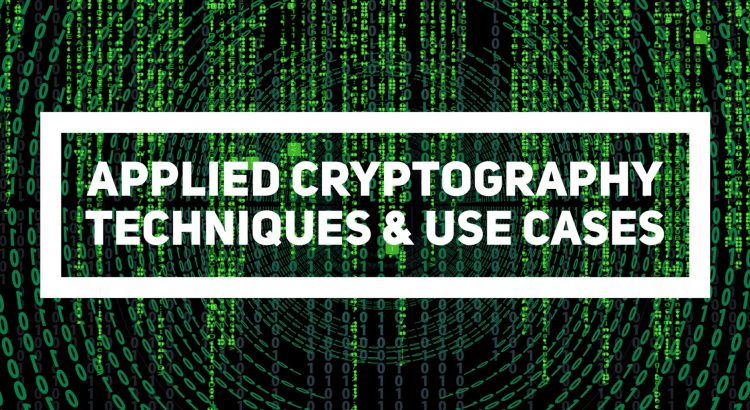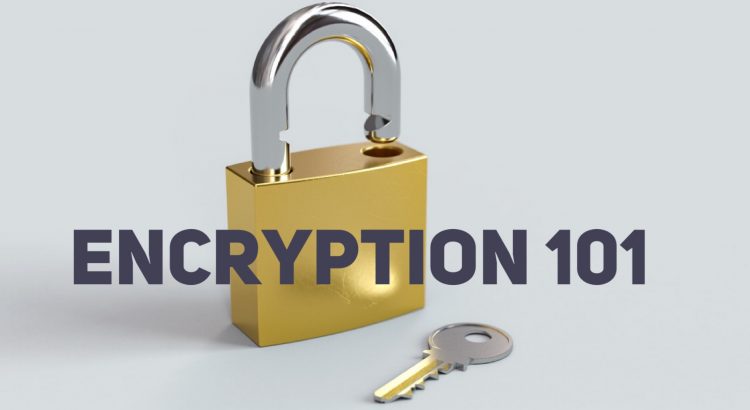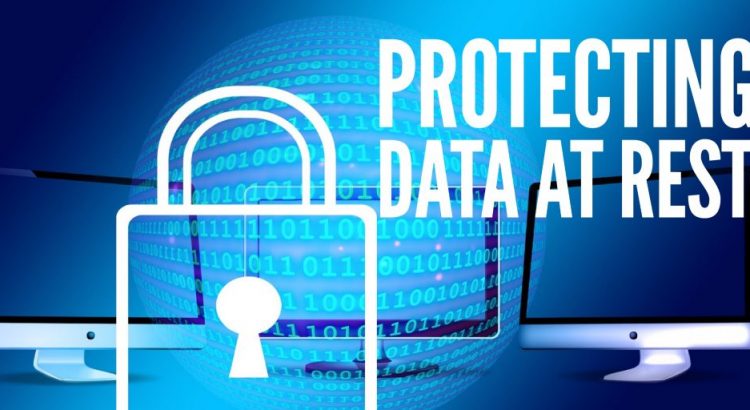Ensuring the security of data on NVMe® over Fabrics was the topic of our SNIA Networking Storage Forum (NSF) webcast “Security of Data on NVMe over Fabrics, the Armored Truck Way.” During the webcast our experts outlined industry trends, potential threats, security best practices and much more. The live audience asked several interesting questions and here are answers to them.
Q. Does use of strong authentication and network encryption ensure I will be compliant with regulations such as HIPAA, GDPR, PCI, CCPA, etc.?
A. Not by themselves. Proper use of strong authentication and network encryption will reduce the risk of data theft or improper data access, which can help achieve compliance with data privacy regulations. But full compliance also requires establishment of proper processes, employee training, system testing and monitoring. Compliance may also require regular reviews and audits of systems and processes plus the involvement of lawyers and compliance consultants.
Q. Does using encryption on the wire such as IPsec, FC_ESP, or TLS protect against ransomware, man-in-the middle attacks, or physical theft of the storage system?
Read More
